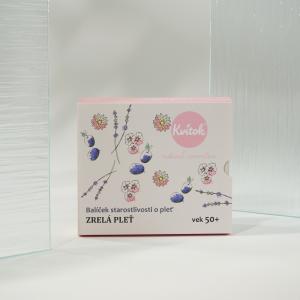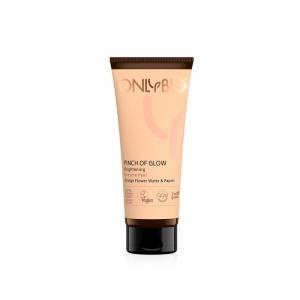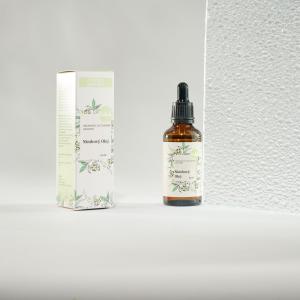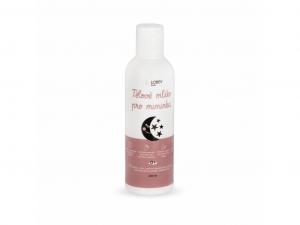Larch (Larix decidua)
Other names: Larch resin
Harm score: 1 (Natural substances)
Larch (Larix decidua), also known as Larch Resin, is one of the most widespread tree species in the Czech Republic. It is native to the mountainous regions of Europe and is characterised by its ability to adapt to harsh climatic conditions. This tree is unique in that, although it is a conifer, unlike its Siberian and American relatives, it sheds its needles in autumn and regrows them in spring. The deciduous larch can reach heights of up to 50 metres and is valued for its hard and durable timber, which is used in a variety of industries.
Larch wood is mainly used in the construction industry, especially in the construction of houses, bridges, furniture and floors. It is also widely used in the shipbuilding industry for the construction of ships and boats, due to its high resistance to rot and pests. The resin, which is extracted from the bark of this tree, has a wide range of uses. It is known for its medicinal properties and has been used in the past to treat a number of skin diseases and injuries. In the pharmaceutical industry, this resin is used to make ointments and creams. In the manufacturing sector, larch resin is used as an additive in paints, adhesives and varnishes. It is also a source of turpentine, which is used as a solvent in the chemical industry or as an additive in some cleaning and disinfecting products. Finally, the resin also produces larch balm, which is popular in aromatherapy for its calming and relaxing effects.
You won't find this substance in our products. Try the natural, chemical-free products in our range.

Anti-Aging Mature Skin Care Package 50
Product detail
Solid deodorant BIO (50 ml) - with olive leaf and mallow
Product detail
Pinch of Glow Brightening Enzyme Peel (75 ml) - with papain and orange
Product detail
Organic Nimba Oil 50ml
Product detail
Facial lotion Pink 200 ml
Product detail